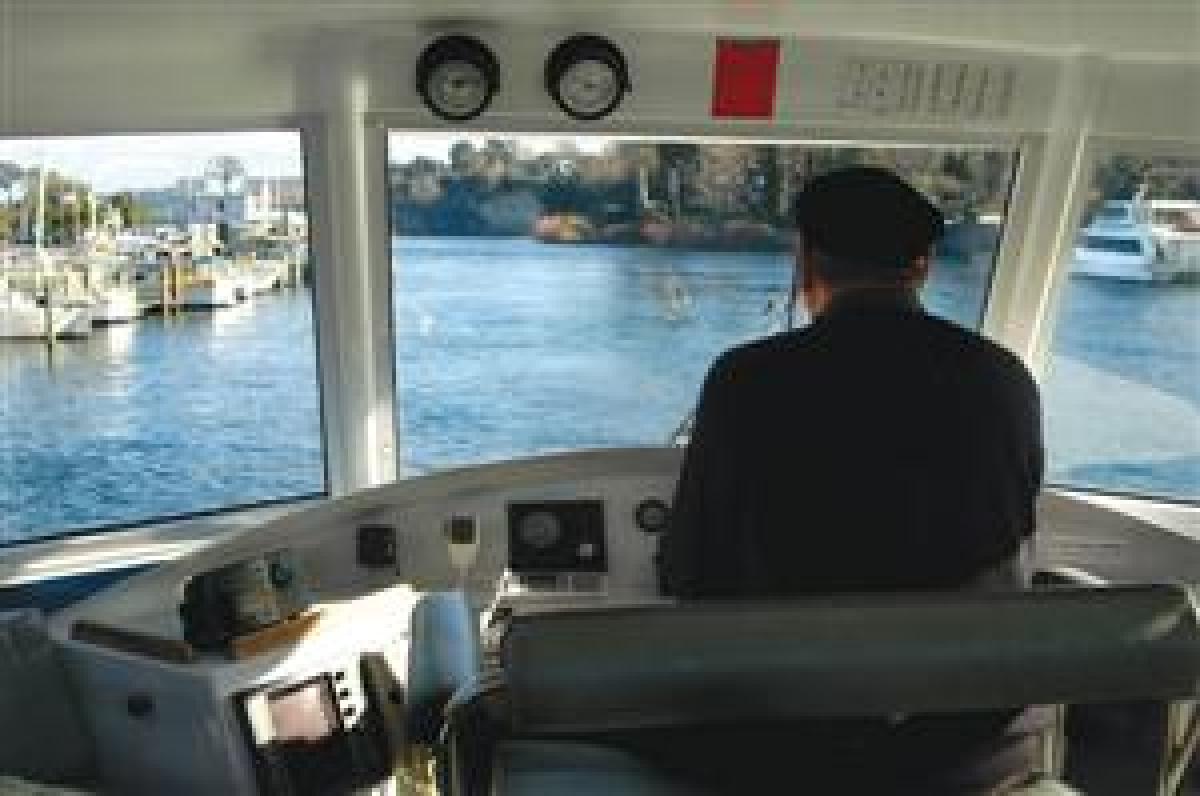As many readers are no doubt aware, over 90 percent of the world's trade travels by sea in more than 50,000 merchant ships registered in over 150 nations. Most of these ships travel within their own domes of awareness, sharing little information with each other or regional maritime security forces. Recent piracy off the Horn of Africa has shown that we need new approaches to public-private partnerships for maritime security. One could be to leverage commercial assets by collecting, refining, and sharing their individual awareness to achieve an enhanced collective regional security.
In September 2005, then-CNO Admiral Mike Mullen introduced "The Thousand Ship Navy," describing the power of shared interests to maintain security of the vital sea lanes that form the backbone of the modern global economy. These shared interests now include "a diverse array of multinational, federal, state, local and private sector entities" according to the 2006 Naval Operations Concept. If this also includes the commercial maritime industry, there is still work to be done through new public-private cooperation in the form of Maritime Security Consortiums.1
Even in the age of satellites we are largely ignorant of events at sea beyond our visual horizon. A view from space of the electronic emissions emitted by the world's commercial vessels shows the extent of their coverage. Most of this traffic is required by the International Maritime Organization (IMO) to carry radars, emergency beacons, satellite communications, and for vessels displacing more than 300 gross tons, the Automatic Identification System (AIS), a VHF radio broadcast of a ship's identification, position, course, and speed.
The Department of Transportation's Volpe Center, a developer of marine traffic management systems, saw the potential for AIS to comply with recent U.S. government direction to achieve maritime domain awareness. Commander U.S. Naval Forces in Europe (CNE) had been linking the surveillance systems of NATO allies to provide an unclassified common operational picture of the Mediterranean Sea. Using AIS to complete this picture, CNE and Volpe developed an unclassified network to share AIS data, known as the Maritime Safety and Security Information System that quickly enhanced awareness for maritime security forces. However, AIS has limitations, as it can be easily spoofed or altered or can malfunction to provide erroneous information. Professional mariners treat AIS as only one fallible piece of data, and they constantly scan the horizon visually and electronically to confirm their surface picture.
What if maritime security forces could access this correlation and comparison of a ship's AIS with shipboard sensors? Recent experiments by Maersk Line, Limited and Lockheed Martin used a prototype AIS and radar correlator known as "Neptune" that sent data via satellite to a network that could conceivably be used by a maritime operations center. This system revealed thousands of contacts outside the range of shore-based AIS, as well as anomalies that did not match AIS. Such information could greatly enhance regional maritime awareness for commercial vessels and maritime security forces in unstable regions.
These systems could gain widest acceptance if they become available with minimal technical and financial investment. Built on IMO-sanctioned standards, they should not be considered intelligence or surveillance systems, but rather safety systems providing vital situational awareness, greater coordination of efforts, reduced risk of collisions, and identification of high-traffic and congestion solutions through analysis and simulation.
These networks of shared information could be expanded incrementally beyond governments to selected commercial partners. Organizations could be regionally based and coordinated through maritime security operational centers that would perform additional analysis. To join a maritime security consortium would only require the proper equipment and a dedication to accurate reporting in a maritime "neighborhood watch." Maritime nations could adopt such systems through their commercial maritime administrations and regulatory organizations. Commercial companies could be encouraged to equip their ships through tax breaks, contractual preferences, and other financial incentives.
In an interconnected world, dependent on maritime commerce, we can no longer afford to consider our oceans as the great unknown.
1. The term "maritime consortiums" was first introduced by the CNO Strategic Studies Group XXIV.



